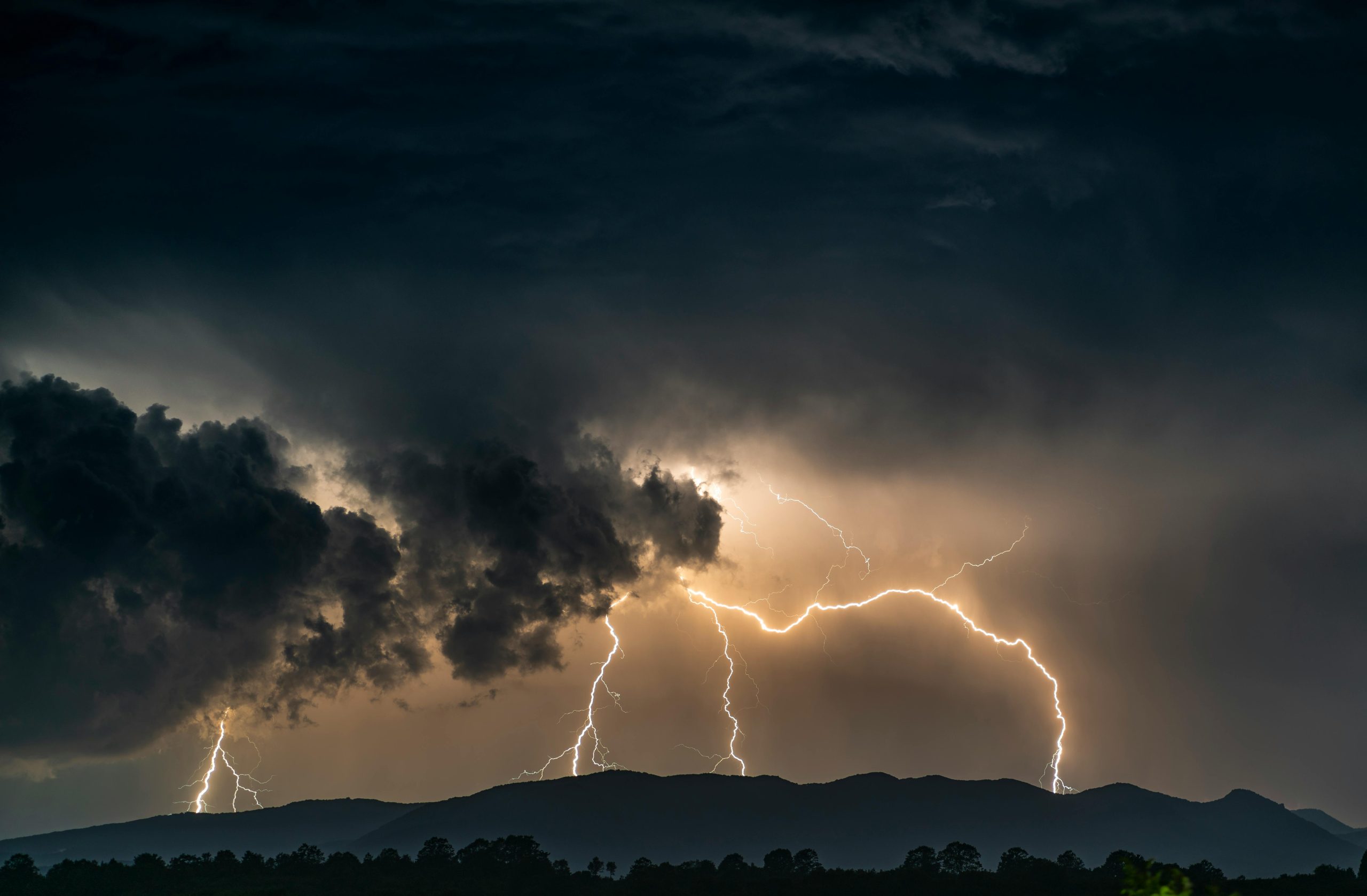Public Storm Warning Signal No. 2 (PSWS #2) is a significant weather advisory issued by meteorological agencies in regions prone to tropical cyclones. When PSWS #2 is raised, it indicates that a tropical cyclone is expected to bring strong winds and heavy rainfall, posing a potential threat to affected areas. Knowing what to do during PSWS #2 is crucial for ensuring safety and minimizing risks to life and property. In this article, we’ll explore essential steps and precautions to take when faced with PSWS #2.

Stay Informed
1. Monitor Official Updates: Keep abreast of the latest weather updates and advisories from official sources such as meteorological agencies and local government authorities. Tune in to radio broadcasts, television, or online platforms for real-time information on the cyclone’s track, intensity, and potential impacts.
2. Follow Instructions: Pay close attention to instructions and warnings issued by local authorities and emergency services. Heed evacuation orders, shelter advisories, and other safety directives to ensure your well-being and that of your family.
Prepare Your Home
1. Secure Loose Items: Take precautions to secure or bring indoors any loose objects, such as outdoor furniture, garden decorations, and potted plants, that could become projectiles in strong winds.
2. Reinforce Windows and Doors: Strengthen windows and doors to withstand strong winds by installing storm shutters, plywood boards, or protective film. Ensure that all openings are securely sealed to prevent water intrusion.
3. Trim Trees and Branches: Trim overhanging tree branches and remove dead or weak trees that could pose a hazard during the storm. Prune branches away from power lines and structures to minimize the risk of damage.
4. Check Emergency Supplies: Review and replenish your emergency supply kit with essential items such as non-perishable food, drinking water, medications, flashlights, batteries, first aid supplies, and important documents.
Ensure Personal Safety
1. Stay Indoors: Seek shelter indoors and avoid unnecessary travel or outdoor activities during the storm. Stay away from windows, glass doors, and other vulnerable areas that could be compromised by strong winds or flying debris.
2. Charge Devices: Charge mobile phones, laptops, and other electronic devices to ensure they remain powered in the event of power outages. Consider investing in portable power banks or battery-operated radios for backup power.
3. Stay Connected: Stay in touch with family members, neighbors, and loved ones to provide updates on your safety and whereabouts. Establish communication channels in advance, such as text messaging or social media, as phone lines may become congested.
4. Prepare for Evacuation: If residing in flood-prone or low-lying areas, prepare for possible evacuation by packing essential items and relocating to higher ground or designated evacuation centers as directed by local authorities.
After the Storm
1. Assess Damage: Once the storm has passed and conditions have improved, assess your home and property for any damage or hazards. Exercise caution when inspecting structural integrity, fallen debris, or downed power lines.
2. Check for Utilities: Check for disruptions to essential utilities such as water, electricity, and gas. Report any outages or damages to utility providers and follow their instructions for restoration and repairs.
3. Assist Others: Extend a helping hand to neighbors, friends, or community members in need of assistance. Offer support, share resources, and collaborate with local authorities and relief organizations to aid recovery efforts.
4. Stay Informed: Continue to monitor post-storm updates and advisories for potential hazards such as flooding, landslides, or secondary weather disturbances. Stay informed about road conditions, transportation services, and other essential services as they resume normal operations.
In conclusion, knowing what to do during Public Storm Warning Signal No. 2 (PSWS #2) is essential for safeguarding lives and property during tropical cyclones. By staying informed, preparing your home, ensuring personal safety, and taking appropriate precautions before, during, and after the storm, you can mitigate risks and weather the storm safely. Remember to follow instructions from local authorities, remain vigilant, and support one another as communities come together to face the challenges posed by severe weather events.



